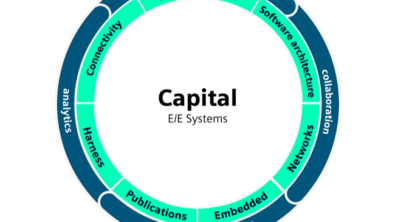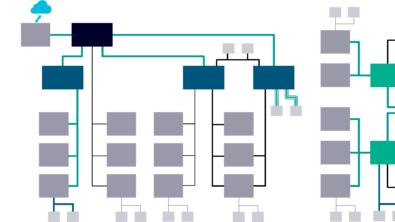Enhancing Capital Embedded AR Classic for software-defined vehicles

Using Siemens Capital Embedded AR Classic, explore the latest advancements in the AUTOSAR standard, primarily focusing on its milestone R20-11 release. Learn the benefits of adopting these standards for automotive software development.
Automotive electrical and electronics (E/E) architectures continue to increase in complexity due to electrification, government regulations, data constraints and hardware limitations. Since E/E architectures are becoming more complex, original equipment manufacturers (OEMs) are looking for software solutions to ease the design burdens.
Automotive interested parties created AUTomotive Open System ARchitecture (AUTOSAR) in 2003 with an objective to create and establish an open and standardized software architecture for automotive electronic control units (ECUs). Capital ™ Embedded AR Classic is the Siemens implementation of the AUTOSAR Classic standard basic software. It is part of the Siemens Xcelerator business platform of software, hardware and services.
AUTOSAR releases an annual standard update to support next generation of electrical/electronic (E/E) architectures. AUTOSAR release R20-11 brings huge functionality addition to the platform through addition of significant new features. In this webinar, learn about the challenge of E/E architectures, the AUTOSAR R20-11 release and how the Capital Embedded platform incorporates this release along with selected enhancements from later releases to meet OEM requirements.
Watch the webinar NOW → Road to AUTOSAR Release R20-11
Whether you are an automotive software engineer or a manager, this webinar will provide valuable insights into the latest trends in AUTOSAR standards and how they shape the automotive industry’s future.
You will learn:
- how Capital Embedded platform enables the realization of new concepts with a feature rich AUTOSAR implementation and tooling.
- the benefits of adopting R20-11, such as improved interoperability and scalability.
- more about this release’s new features, such as support for future car architectures (e.g., zonal ECUs) and advanced multicore, functional safety, and cybersecurity capabilities.


